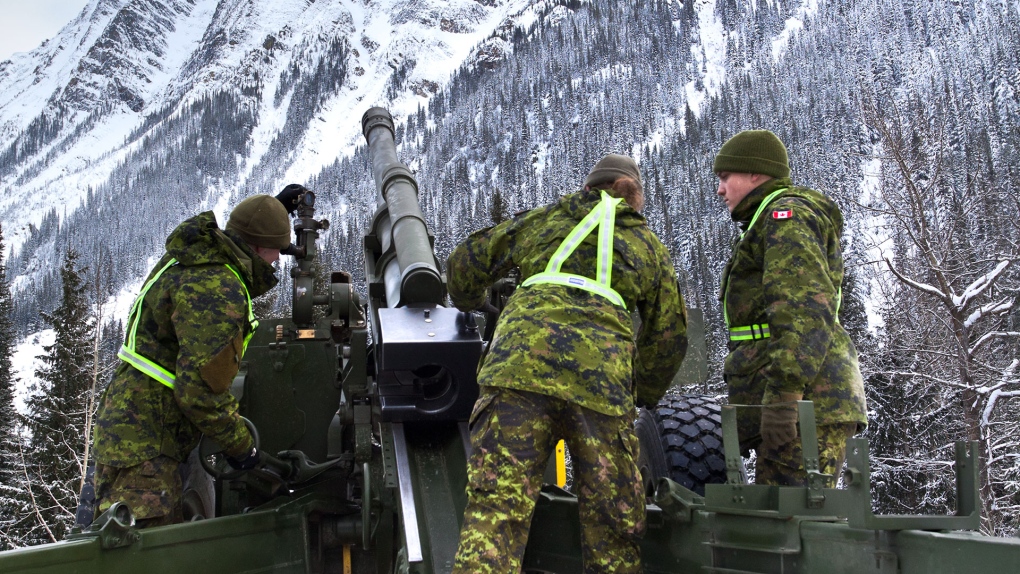
Canadian military wages annual war against avalanches in Rogers Pass
CTV
Thousands of people travel through the Rogers Pass in Glacier National Park every day and are likely unaware of the dangers around them.
Thousands of people travel through the Rogers Pass in Glacier National Park every day and are likely unaware of the dangers around them.
That's because they're driving through the most active avalanche travel corridor in North America.
"We have over two million people per year driving through this stretch of highway and most do not know about the avalanche hazard above them,” said Ross Campbell, an avalanche officer at Parks Canada who is stationed in Rogers Pass.
Rogers Pass is between Revelstoke and Golden, B.C., where the Trans-Canada Highway and the Canadian Pacific Railway snake through the Selkirk Mountains.
At roughly 1,300 metres above sea level, Rogers Pass receives on average 10 metres of snowfall each winter, with more than 130 active avalanche paths criss-crossing a 40-kilometre stretch of the busy highway.
Since 1961, the year before the Trans-Canada Highway fully opened, Parks Canada and the Canadian Armed Forces have worked together to run the world's largest mobile artillery avalanche control program and Canada's longest-running domestic military operation.
Operation Palaci sees troops of artillery gunners from the regular forces and reserves stationed in the Rogers Pass from November to April.
